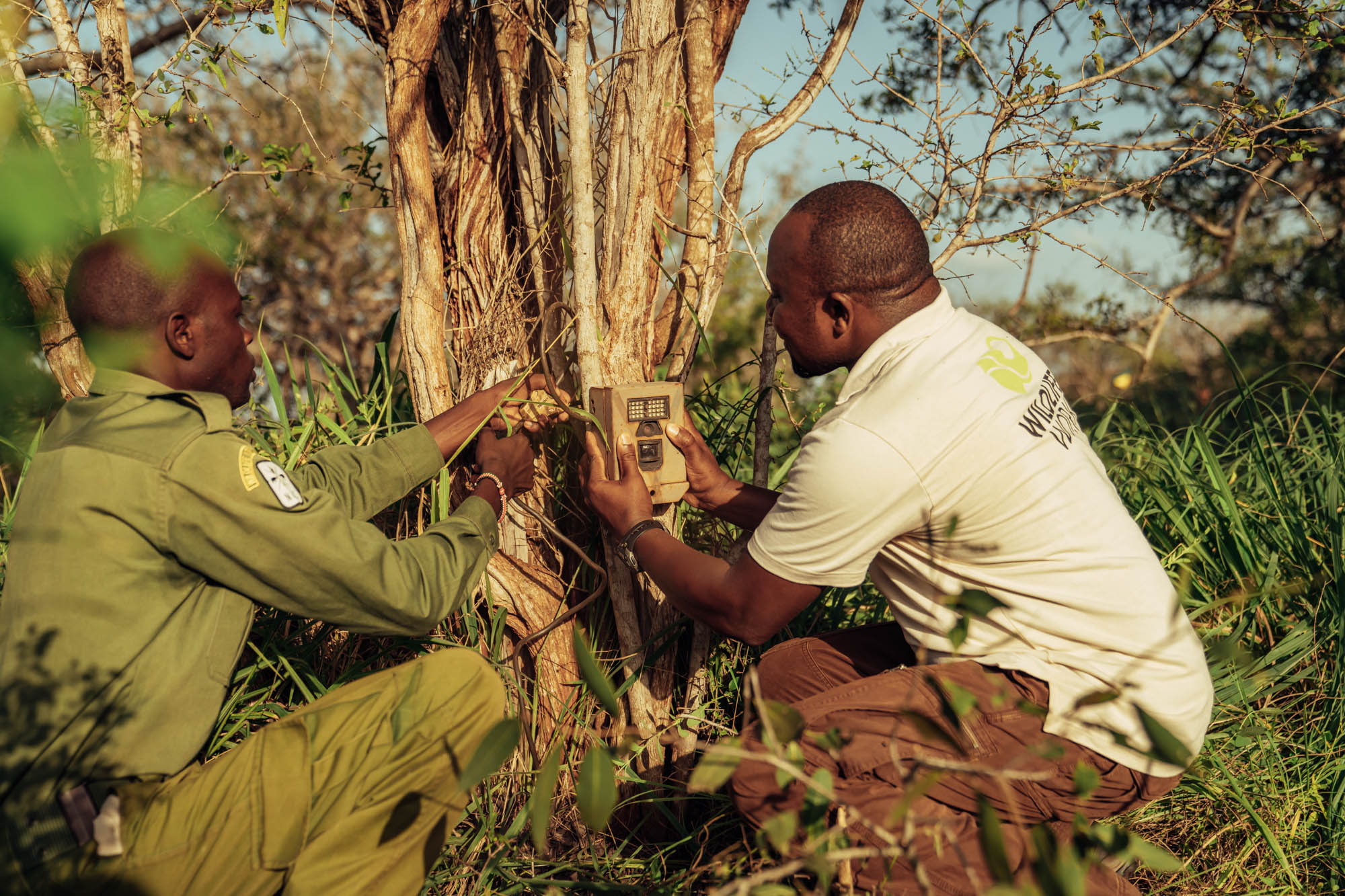
Camera Trapping for Conservation in the Kasigau Corridor REDD+ Project
By Jane Okoth
Our best chance at protecting the world’s natural resources to prevent catastrophic climate change effects is by safeguarding and restoring wildlife habitats. The United Nations Sustainable Development Goal 15 “life on land” is all about protecting any living creature that depends on the earth for survival. One of its targets is to take urgent and significant action to reduce the degradation of natural habitats, halt biodiversity loss, protect of threatened species and prevent their extinction. Thanks to a team of nearly 100 Wildlife Works rangers, the Kasigau Corridor REDD+ project of 500,000 acres of dryland forest is one of the protected zones in the vast Tsavo ecosystem, home to thousands of different species of wildlife. While this team of men and women may be giving their all to protect the world’s natural resources, they alone may be not enough to secure the safety of these precious creatures.
Say hello to the camera trap, an automated digital device that takes a flash photo whenever anything moves in front of it. The camera trap is highly embraced by the conservation society, including the Wildlife Works’ Biodiversity and Social Monitoring Department, and has proven to be effective when mapping and protecting wildlife in remote locations across the Kasigau Corridor REDD+ project area.
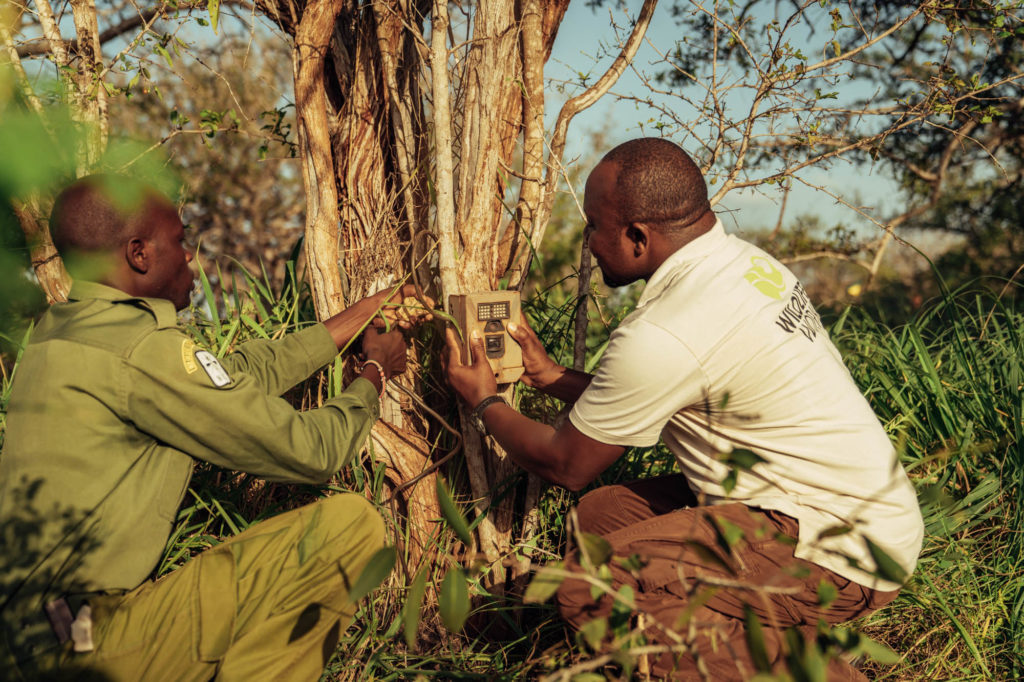
Benard Amakobe, a Research Scientist at the Biodiversity and Social Monitoring Department, is in charge of installing the camera traps in strategic locations such as water points, trails and pathways in the project area where most wildlife are likely to frequent. “This helps in collecting valuable data on wildlife and their habitat,” says Amakobe. The camera traps have completely transformed wildlife monitoring and conservation, enabling researchers like Amakobe to collect photographic evidence of rarely seen and globally endangered species such as leopard, wild dog, pangolin, and aardvark, with minimal disturbance to wildlife. More importantly, the camera traps have enabled Amakobe and his team to collect baseline population data on ground birds like ostriches, bustards and secretary birds that they monitor.
Every three weeks, the research team can access the photos to download, edit and also change batteries. “During that time, we check on the status of the battery if it needs replacement as well as change the memory card,” says Amakobe.
Equally importantly, the camera traps have proved to be effective in deterring wildlife crime. From time to time, the biodiversity department works with the ranger and security team to pinpoint areas that need enforced ranger patrols. “Using the camera traps, we have been able to trace poachers, and capture other illegal activities in the project area,” says Amakobe.
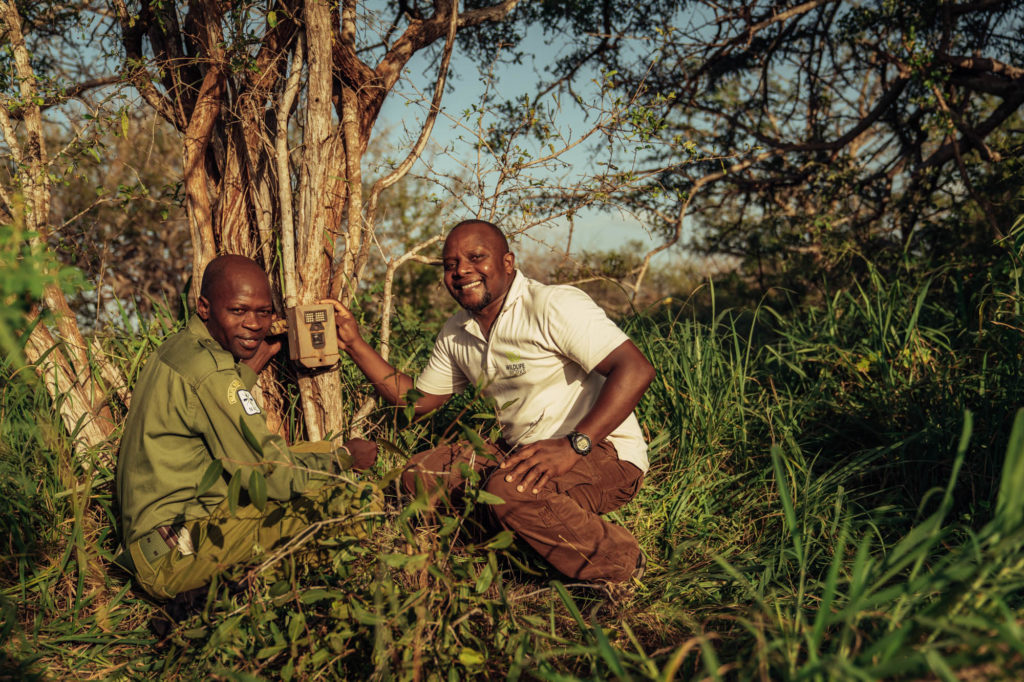
Wildlife Works is most proud of the work done by the research team in documenting wildlife presence and population changes in the project area using this technology. We are hoping that similar conservation bodies around the world continue to adopt this high-tech approach in their battle to protect animals. We would like to thank Amakobe and his team for his research work which plays a huge role in wildlife conservation.
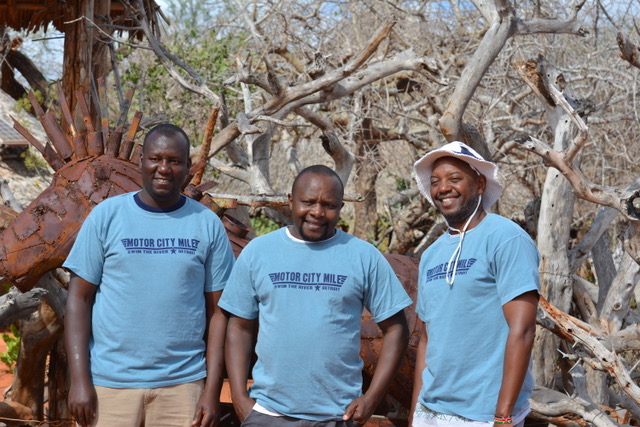
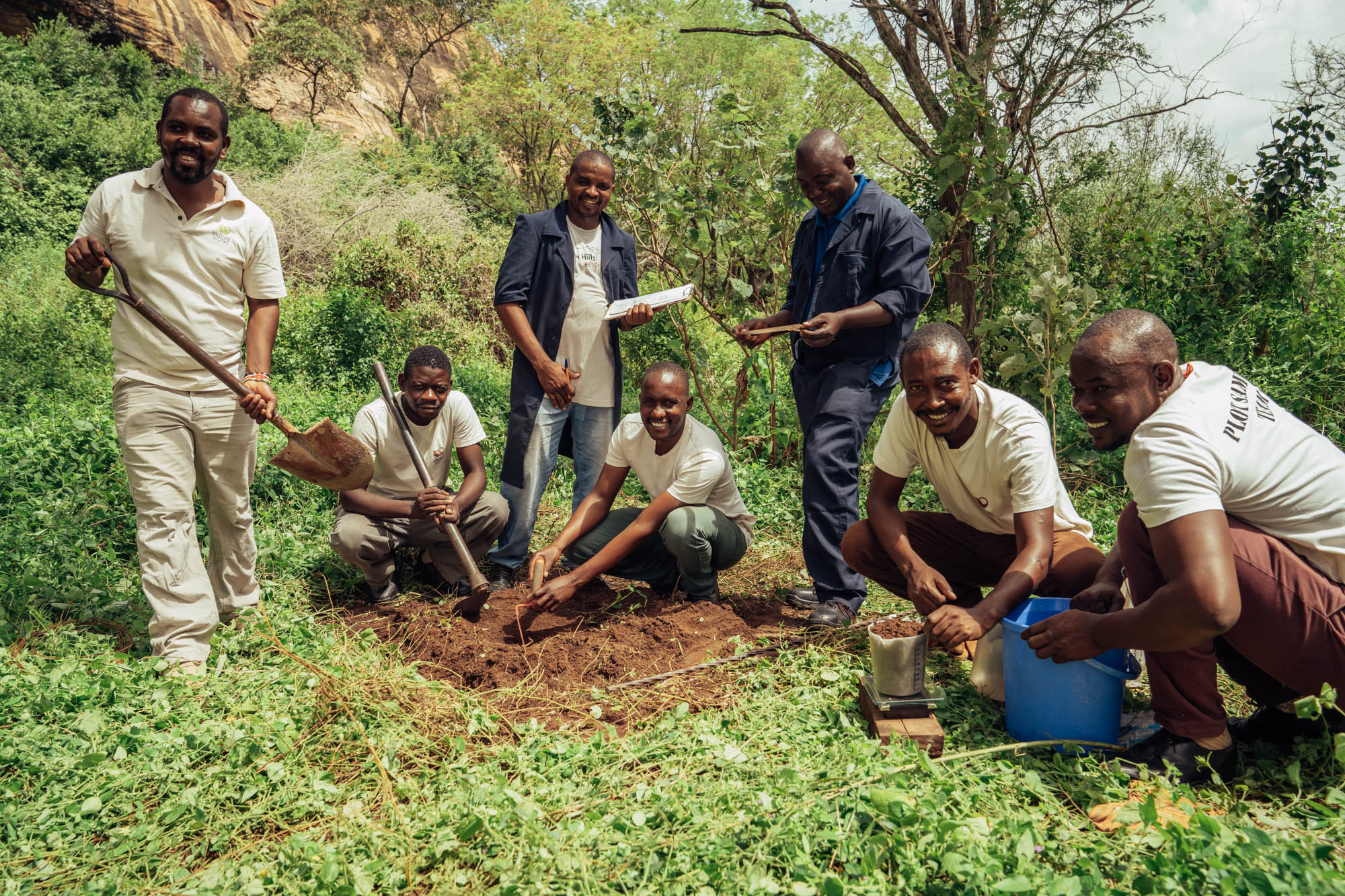


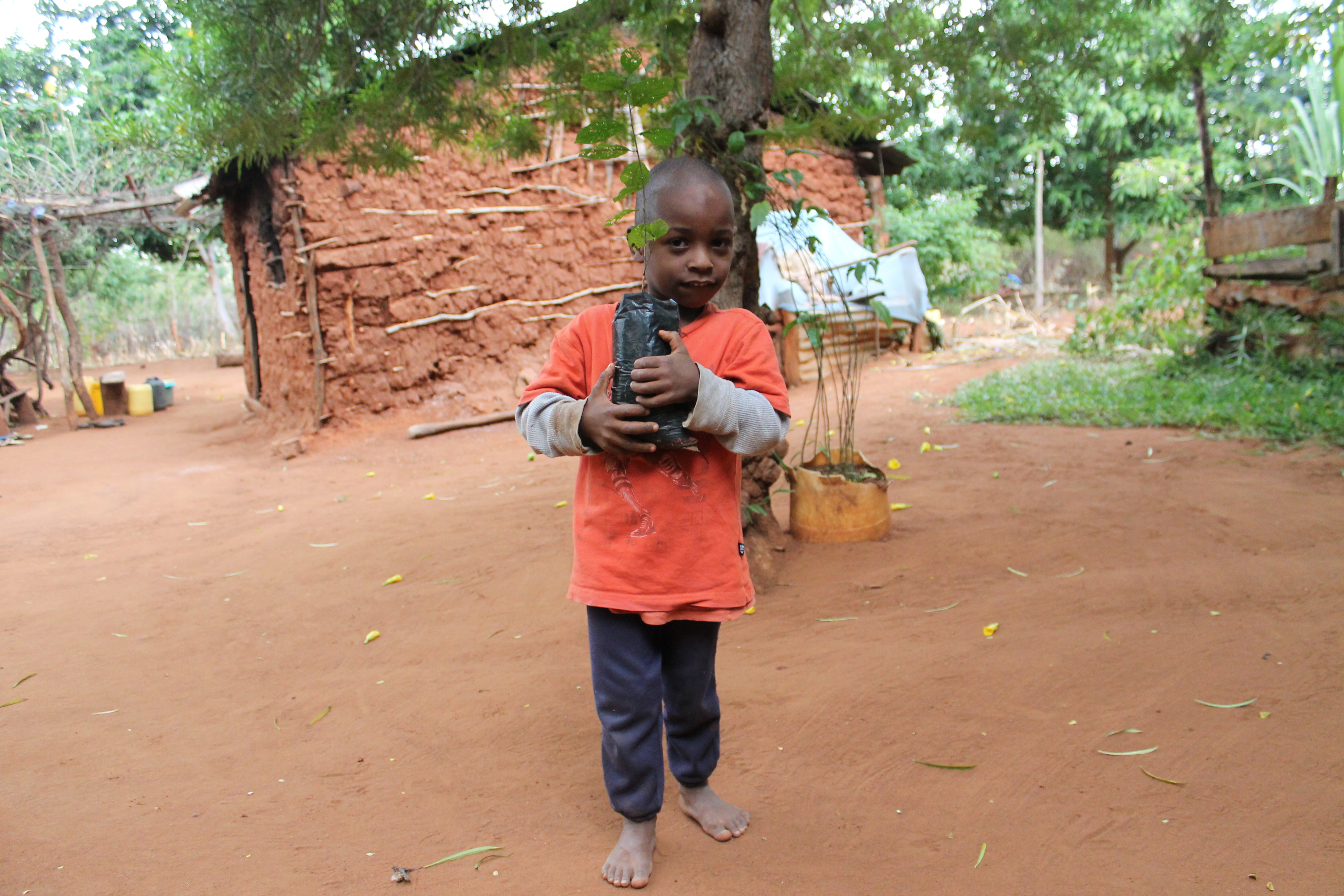
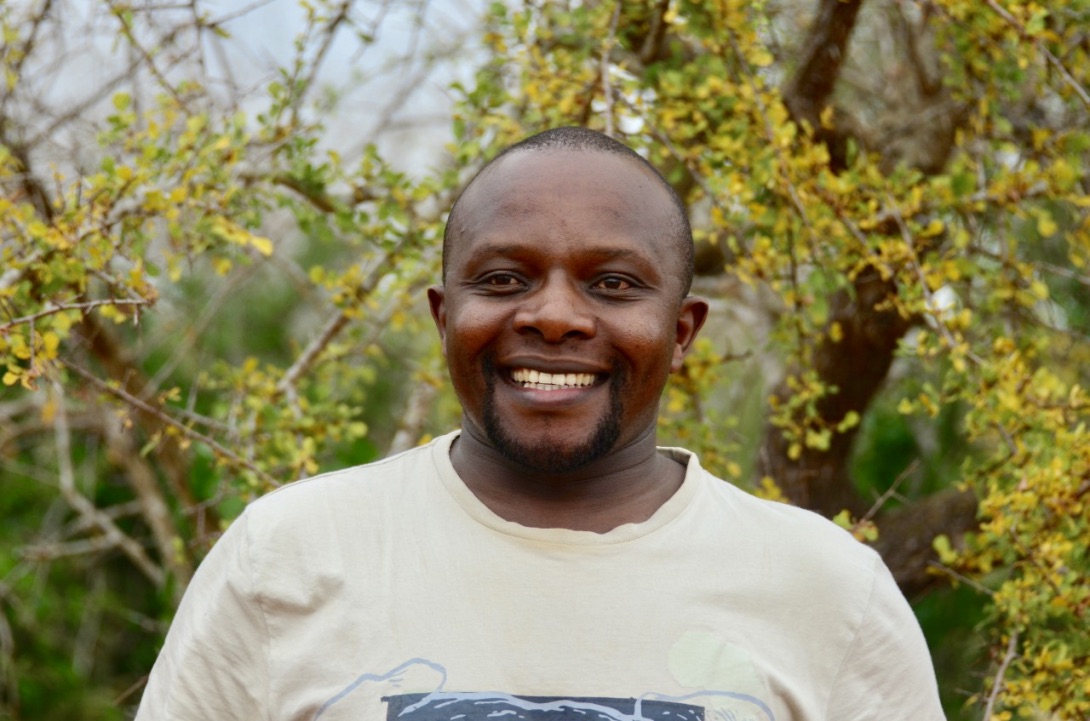
One Comment
Willy Mwailengo
Wildlifeworks you truely doing a great job in ensuring that both wildlife and it’s habitat is safe especially the endangered spices. Also on improving the living standards of the community and their safety by settling human wildlife conflict. OUR WILDLIFE, OUR TREASURE. we have to protect it with all available resources.